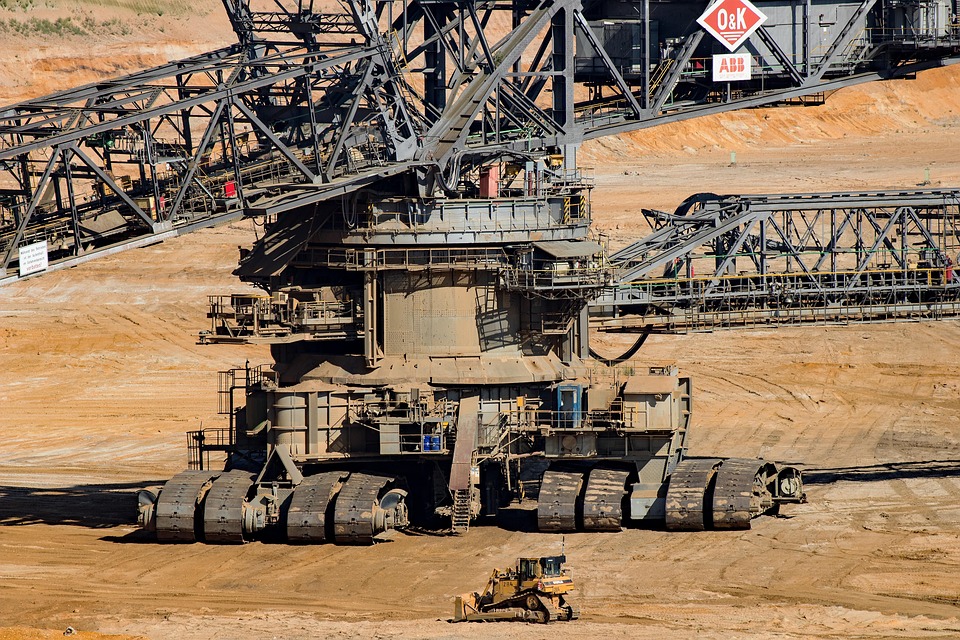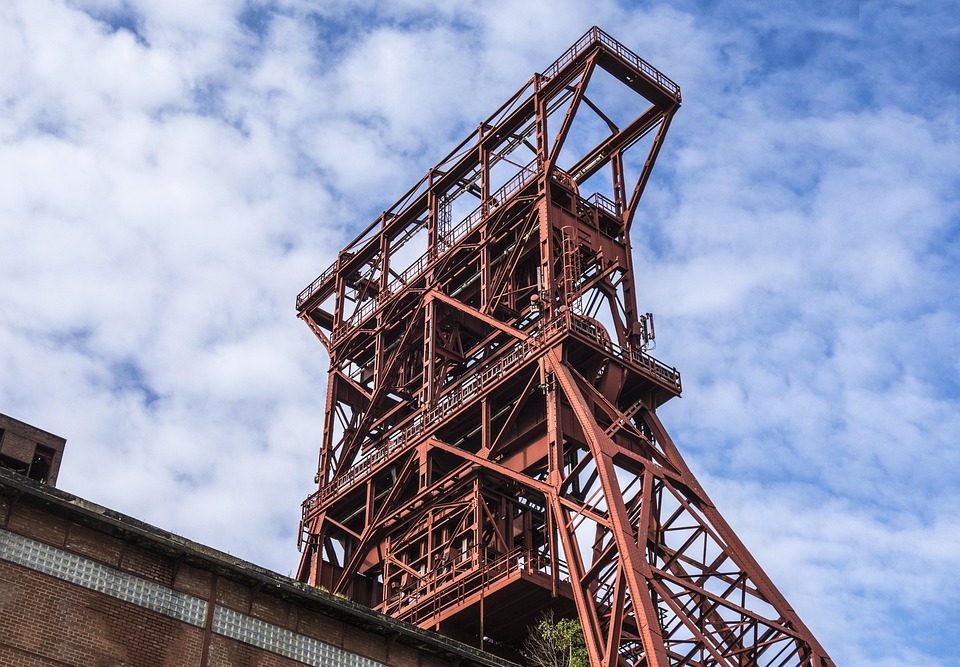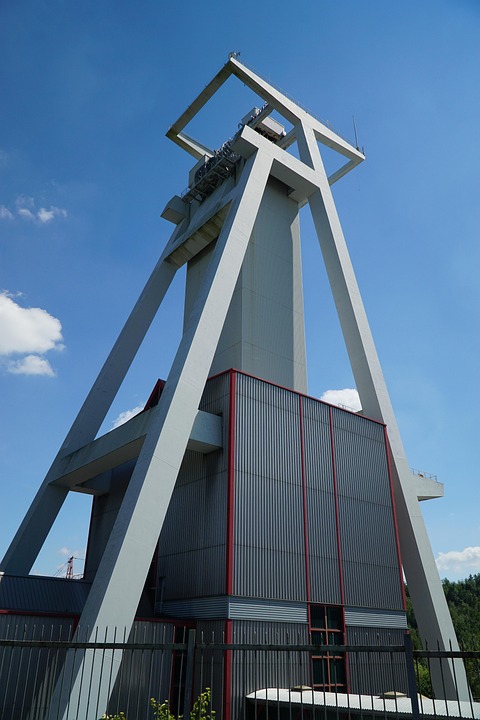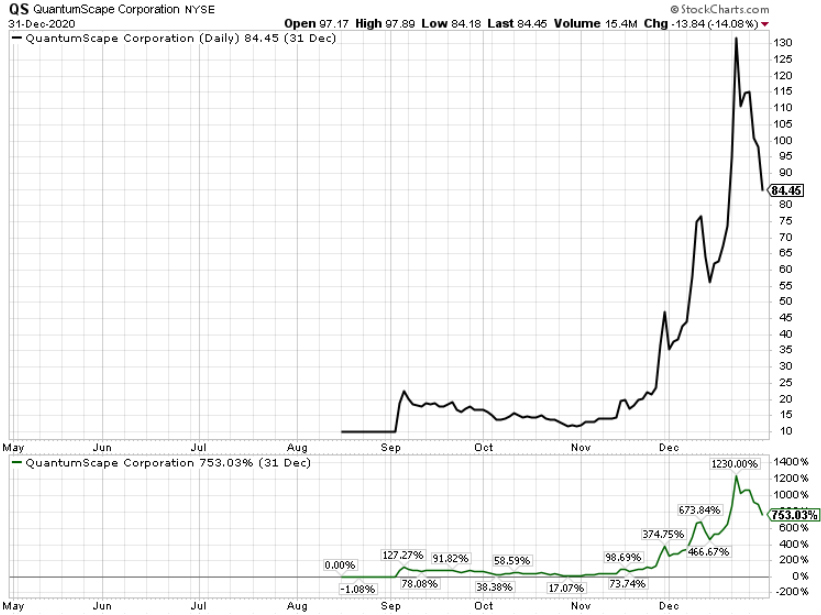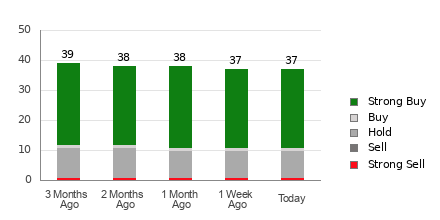Amid the quest to reduce reliance on fossil fuels, a groundbreaking innovation has emerged. A research team has harnessed the power of green electricity to transform carbon dioxide into ethylene.
The innovation centers around an alkali-metal electrolyte and uses pure water as a metal-free anolyte to prevent carbonate formation and salt deposition. Referring to their design as the APMA system, the group has integrated an anion-exchange membrane (AEM) denoted by A, a proton-exchange membrane (PEM) signified by P, and the resulting membrane assembly designated as MA.
The resulting alkali-metal-free cell stack, containing the APMA and a copper electrocatalyst, has achieved an impressive ethylene production specificity of 50%. Notably, it has demonstrated the ability to operate for over 1,000 hours at an industrial-level current of 10A, signifying a remarkable increase in lifespan compared to existing systems. This extended operation capability paves the way for seamless expansion to an industrial scale.
Upon further scrutiny, it became evident that the formation of carbonates and salts was meticulously suppressed, without any loss of CO2 or electrolyte. This is a significant departure from previous cells that used bipolar membranes instead of APMA, which suffered from electrolyte loss due to the diffusion of alkali-metal ions from the anolyte. Moreover, the minimized formation of hydrogen in competition with ethylene addresses another common challenge that affected prior systems utilizing acidic cathode environments.
A crucial aspect of this process is the specialized electrocatalyst, which capitalizes on the unique attributes of copper. The millions of nano-scale copper spheres boast richly textured surfaces, featuring steps, stacking faults, and grain boundaries. These “defects,” relative to an ideal metal structure, provide an optimal environment for the reaction to progress.
Daniel Lau, the head researcher, expressed confidence in the innovation’s potential, stating, “We will work on further improvements to enhance the product selectivity and seek collaboration opportunities with the industry. It is clear that this APMA cell design underpins a transition to green production of ethylene and other valuable chemicals, contributing significantly to the reduction of carbon emissions and the pursuit of carbon neutrality.”



